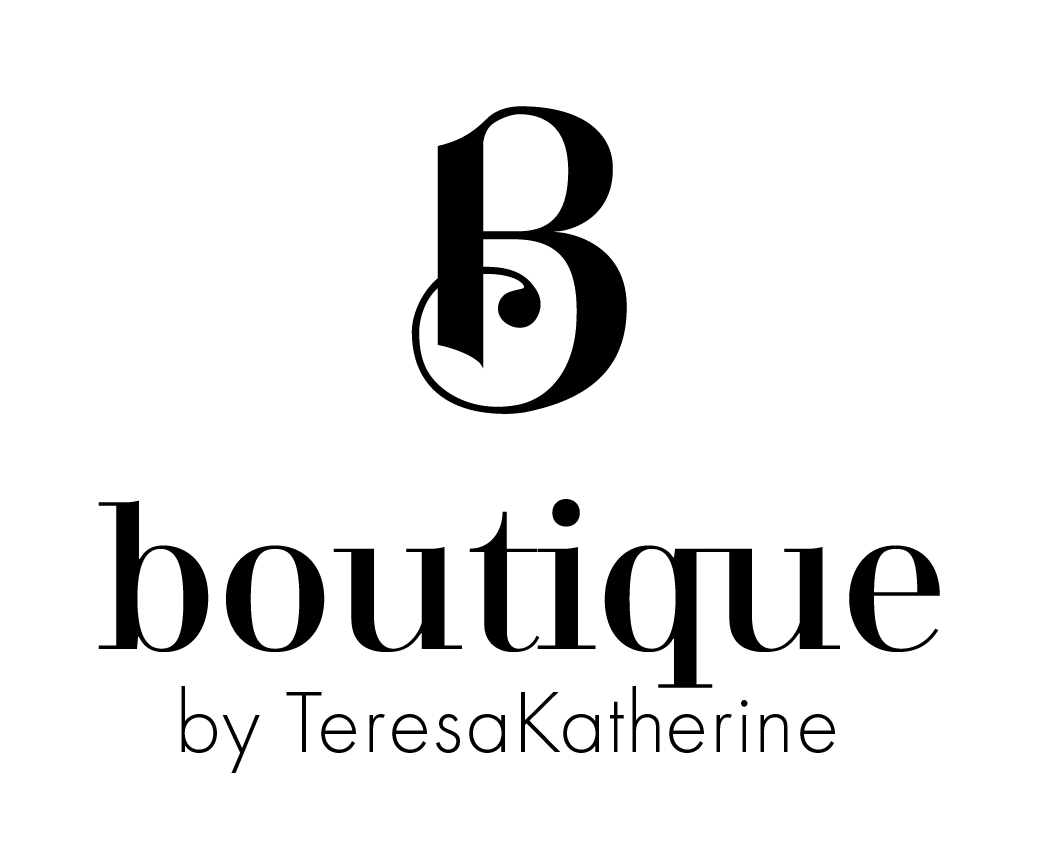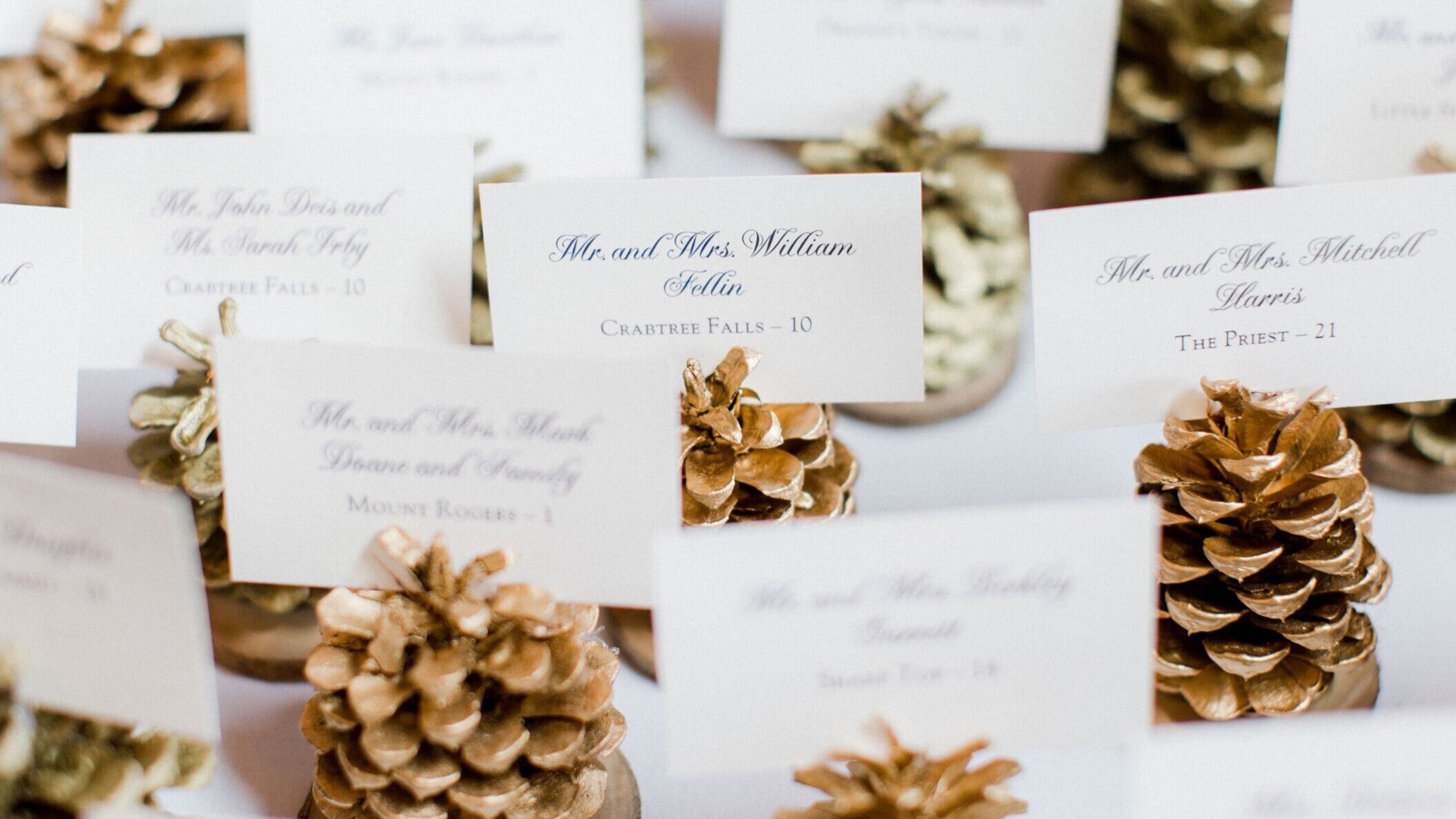How to set a wedding budget that makes you (and your bank account) happy
The ‘big’ question has been asked, you have said ‘yes!’ to a future together, and now the fun begins! Until you think about your bank account and compare it to your Pinterest board or your college roommate’s winery wedding last fall… how are you going to afford this?
“Let’s elope”.
“Maybe we should buy linens and reuse later?”
“What if we asked Aunt Mimi if we can get married in her backyard?”
Spoiler: sometimes setting up a true backyard wedding can cost just as much as paying for a venue. You have to rent and set up a tent, tables and chairs, possibly a dance floor, coordinate the catering...and don’t forget the toilets. Does Mimi really want 100 people walking through her house to use the bathroom?
Before you start blindly swiping the credit card and hoping it will all work out, pick a day to sit down together and plan out your budget and wishes. To make it even less onerous, get a nice bottle of wine or book a short hotel stay for your planning session. The more you set expectations now, the easier decision making will be throughout the process. You’ll know exactly what you can say “yes!” to and where you need to put your foot down and say “no, that’s not in our budget/wedding plan”.
Step 1: Set an amount
How much cash do you have on reserve right now? How much can you realistically save before the big day? Have a conversation with your fiancé(e) about your current budget or sit down and get one started. Remember that once you say “I do!”, you’re also saying “I do” to your spouse’s credit card debts, student loans, etc. Have a very honest conversation now about what you can and cannot afford to spend. At this stage, don’t even discuss priorities (maybe you’ve been pinning a particular designer wedding dress or honeymoon destination). I know from experience, the desire to have that one thing will influence how I set my budget, regardless of if it’s realistic or not. In our theoretical wedding, let’s say $10,000 is our max budget.
Step 2: Make a list of all needs and wants
(everything your heart desires!)
Here’s where you put that wedding gown or dreamy honeymoon. Make sure you list EVERYTHING (Jimmy Choo shoes, save-the-dates, plated dinner, marriage license, officiant fee). Everything you need to be good hosts and to check all the boxes.
Don’t pass any judgement at this stage; maybe one of you loves flowers and considers it a special part of your wedding, whereas you really, really want a caricature artist. Just write it down and you can prioritize later, together.
Step 3: Determine the guest count
Make your list and check it twice; write down everyone you need to invite: family, friends. Then, check with your parents about who they think you need to invite. At the end of the day, you might not invite your second cousin on your dad’s side, but it’s nice to have that total number on hand. (Psst, you can always send out announcements later).
Don’t forget to write out each member of the household. You’ll have a total for invitations (1 per household, couple, or individual) and a total for seating/catering (that will be everyone who needs a seat and a plate at the reception). Highlight or designate children under 12 and children under 5 as they may have a different price per plate or maybe they need a seat but not a meal.
Tip: Go ahead and start this in a spreadsheet; it will be handy for your planner, stationer, or caterer. You can quickly total the guests and make new sheets for your different needs.
Download my Wedding Invitations Spreadsheet. Your stationer will thank you for putting the addresses in usable format for printed envelopes.
Step 4: Put dollar amounts next to your list items and add them up
Here’s where you go do your research and find out how much everything costs based on the time of year, location, what you want, and how many guests you have. Put a timeline or due date next to each item as well (you’ll need to book the venue and photographer early in the planning process and pay your stationer later on).
At or below your budget? Awesome! Go ahead and start planning, making sure to check in with each other and update your budget along the way.
Exceed or blow your budget out of the water? See the next step...
Step 5: Prioritize your list (needs then wants)
what can you change, replace, or eliminate?
Organize your list first based on what you need (a venue, an officiant, clothing, food) and secondly, on when you need to pay for it (now, 6 months from now, the day of). Next organize the ‘wants’ the same way (hair and makeup, a destination bachelor/bachelorette party, custom socks for groomsmen, robes for bridesmaids). You know you both need wedding attire but how much of your budget should go to clothing?
Make sure you are really listening to each other at this stage and pare down the list together. Also consider what is important to you as a couple and what is important as good hosts.
Example: Instead of a fully open bar, opt for beer and wine service for 2-3 hours. After that, if someone really wants another round, they can cover it themselves. I would not choose a cash bar for your guests just to upgrade your tablescape. The point is, be accommodating, but don’t bleed yourself dry.
Tip: 4-8% of your budget should go to stationery and paper items. Increase to 5-10% if you’re getting help with building your wedding website.
In our theoretical wedding example:
10,000 x .04 = $400
10,000 x .08 = $800
Step 6: Need more help?
Check out You Need A Budget (YNAB)
I’ve been using YNAB for our family budget since 2019 and it has helped us save for an emergency fund, pay for vacations in cash (well, have the cash to pay the credit card, get those points baby!), and curb the random spending that can easily creep in.
You can try them for FREE for 34 days, and if you end up signing up for a paid account with my link, you’ll get a month free!*
*This is a referral link and I will get a benefit from you signing up. Trust me, it’s worth it!
A final word
Planning a wedding can be daunting, but if you work together and set realistic goals, it can be an enjoyable process! Here are my thoughts on determining the final guest count:
After you make your total list in step 3, go ahead and make an A and a B list. Don’t share this with anyone, nor should you use it to invite the people in B if someone in A says ‘no’. Your A list will be the final guest list that you will invite to your wedding. Assume here that if everyone replies “yes”, that you can host them within your budget.
What do you do with list B? This is the list I recommend sending wedding announcements to. An announcement is the same design as your invitation but the wording is changed to past tense and you don’t include a response card. You could invite them to view your gallery on your wedding website afterwards, so they can enjoy the start of your new adventure.
This budget method works for other events too! Birthdays, baby showers, anniversaries, and even your next milestone: your new house.
I hope you enjoy the relief of knowing you can afford your wedding without going into debt. After all, life will happen and won’t you be happy that the wedding day expenses aren’t still looming over your head when the washer, dryer, and heat pump all need to be replaced at the same time?
Cheers to the satisfaction of hitting “pay balance” when it’s all said and done. 🥂
P.S. The “Just Invitations” designs fit great within our theoretical $10,000 budget. Personalize these semi-custom invitation suites with your colors and details.





